The film was groundbreaking because it bridged the gap between pure entertainment and psychological insight, weaving in psychological concepts with Pixar’s classic warmth and humor. With both Inside Out films being equally impressive, the films not only aim to expand on the topics of emotional and mental health, but they also bring a new level of depth to the themes already introduced. The Inside Out series is more than just successful animated movies—Inside Out is one of the most important franchises of the past 20 years.
The Inside Out Movies Depict Psychology & Mental Health in a Way That Transcends Pure Entertainment
Inside Out Isn't Just An Animated Film Series For Kids
At its core, Inside Out serves as an accessible introduction to understanding how emotions influence thoughts, actions, and overall well-being. The film follows Riley, an 11-year-old girl, as she navigates a major life transition. The story is told through her emotions—Joy, Sadness, Anger, Fear, and Disgust—each personified in a way that embodies different aspects of her personality and reaction to her world. By creating characters from emotions, Inside Out uses a child-friendly approach to explain complex concepts in psychology.
Related
Pixar's Inside Out 2 proved to be a massive critical and commercial success, showing Pixar and Disney that sequels are still profitable.
Beyond entertainment, Inside Out has had a tangible impact on its viewers' understanding of mental health. For example, the film effectively normalizes sadness, which is often stigmatized or dismissed. In one powerful scene, Joy realizes that Sadness has a critical role in helping Riley process difficult experiences. This portrayal resonates because it discredits the idea that emotions are either good or bad, showing instead that they all serve an essential function in our lives.
Children, teens, and adults alike have been able to take valuable lessons from this film. The impact goes far beyond Pixar’s usual, already lofty standards; Inside Out has been incorporated into classrooms, therapy sessions, and mental health discussions, where therapists and educators use it as a springboard for helping people open up about their feelings. By personifying emotions, the film allows people to separate themselves from their feelings and observe them objectively, which is often difficult to do with abstract ideas.
For many young viewers,
Inside Out
introduces a vocabulary to express complex feelings they might not yet fully understand.
For many young viewers, Inside Out introduces a vocabulary to express complex feelings they might not yet fully understand. It serves as an entry point into emotional literacy, helping children recognize that all emotions, even the tough ones, are valid and important. This framework extends to adults as well, helping bridge the gap for those who may have grown up without the tools to discuss mental health openly. Inside Out not only educates but also brings a newfound empathy and understanding to the table.
This is further emphasized with the addition of new emotions in Inside Out 2: Anxiety, Envy, Ennui, and Embarrassment. These emotions shift the focus from growing up as a child to Riley's awkward teenage years. Inside Out 2 does an incredible job of simply defining growing up in a way that does not antagonize the new, awkward feelings that people experience through puberty, instead showing them from a viewpoint that demonstrates both the good and the bad of growing up.
Inside Out Blends Universal Appeal With A Vital Message
Fun, Fascinating, and Fantastic Themes Are Displayed In The Inside Out Series
One of Pixar’s most enduring strengths is its ability to tell stories that appeal across generations, and Inside Out is perhaps the pinnacle of this skill. On one level, it’s a fun, adventurous film featuring bright characters and humorous interactions. But underneath, there is a depth that speaks to universal human experiences, whether you’re an 11-year-old like Riley or a parent who has faced similar challenges. The combination of colorful animation and a multi-layered narrative makes the story enjoyable for younger audiences while still providing meaningful substance for adults.
The universal appeal of the Inside Out films comes from their exploration of change and growth, themes that resonate regardless of age groups and cultures. The story reflects the bittersweet process of growing up, showing how experiences and emotions shape who we are. As Riley’s memories change color, shifting from pure joy to a blend of emotions, the film captures the reality of how our lives and perceptions evolve over time. This concept is deeply relatable to every single person, as it speaks to the loss of innocence that comes with growing up and the beauty of learning to accept all parts of oneself, which Riley succeeds at in Inside Out 2.
There were at least six emotions cut from
Inside Out 2,
including (but not limited to) Shame, Guilt, Awe, Jealousy, Suspicion, and Schadenfreude (feeling happy at somebody else's expense).
The movie also delivers a powerful message about empathy and the universality of emotions. It encourages viewers to recognize that everyone is going through their emotional journey, even if it’s not visible on the surface. This is particularly impactful in an era where social media often emphasizes a picture-perfect life. By promoting compassion and understanding, Inside Out helps remind audiences that there’s often much more beneath the surface of people, and that people should try to walk in another's shoes before judging them.
By making these ideas accessible, Inside Out extends a message of empathy and understanding to audiences of all backgrounds. The movie’s balance of humor and emotional depth allows it to connect with people worldwide, as we all go through periods of joy, sadness, anger, and more. With Inside Out 2 expanding this universe, there is potential to dive even deeper into the universal experience of dealing with emotions.
How Inside Out 2 Builds Upon the Legacy of Pixar's Original Movie
It Evolves From Its Predecessor In Meaningful Ways
Inside Out 2 continues Pixar’s journey into the intricacies of mental health and self-discovery, building on the success of the original. The film sees Riley navigating the challenges of adolescence, making it relatable for teens and parents alike. By addressing the messy realities of self-identity during puberty, Inside Out 2 offers a powerful, authentic portrayal of growing up.
The sequel introduces new emotions that embody the complex feelings common in adolescence, like Anxiety and Envy, which cause Riley to question her self-worth. As Riley tries to fit in with her peers, she begins distancing herself from her true self, ultimately leading to a breakdown during the climax of the film. This journey emphasizes the importance of self-acceptance, showing young viewers that it’s okay to feel uncertain and that emotions—messy as they are—play a crucial role in shaping identity.
Inside Out 2
highlights the importance of embracing both positive and negative experiences to build a resilient sense of self.
Additionally, Inside Out 2 highlights the importance of embracing both positive and negative experiences to build a resilient sense of self. By the end, Riley learns to incorporate her challenging moments, realizing that every part of her journey matters. This portrayal of emotional growth is a refreshing departure from typical movies, which often focus on idealized self-esteem. Instead, Inside Out 2 encourages audiences to see their imperfections as integral to who they are.
The film’s authenticity opens up space for Inside Out to have future sequels to follow Riley through other life stages. Each phase—early adulthood, career challenges, or relationships—introduces new emotional dynamics that resonate deeply with viewers. Inside Out 2 sets a new standard for animated storytelling, offering not just entertainment but also valuable insights that help audiences embrace their complex identities.
Inside Out
The Inside Out franchise explores the inner workings of a young girl named Riley Anderson, focusing on her five primary emotions—Joy, Sadness, Anger, Fear, and Disgust—that personify her thoughts and actions. Created by Pete Docter and Ronnie del Carmen, the franchise is praised for its innovative portrayal of emotions and mental processes. It began with the 2015 film Inside Out, which became a critical and commercial success, leading to sequels, a short film, video games, and theme park attractions.
Cast Amy Poehler , Phyllis Smith , Bill Hader , Tony Hale , Lewis Black , Mindy Kaling , Liza Lapira , Kaitlyn Dias , Richard Kind , Maya Hawke , Adèle Exarchopoulos , Paul Walter Hauser , Ayo Edebiri Character(s) Joy , Sadness , Anger , Fear , Disgust , Anxiety , Ennui , Embarrassment , Envy , Riley Anderson , Bing Bong
Summary
The Inside Out franchise explores the inner workings of a young girl named Riley Anderson, focusing on her five primary emotions—Joy, Sadness, Anger, Fear, and Disgust—that personify her thoughts and actions. Created by Pete Docter and Ronnie del Carmen, the franchise is praised for its innovative portrayal of emotions and mental processes. It began with the 2015 film Inside Out, which became a critical and commercial success, leading to sequels, a short film, video games, and theme park attractions.

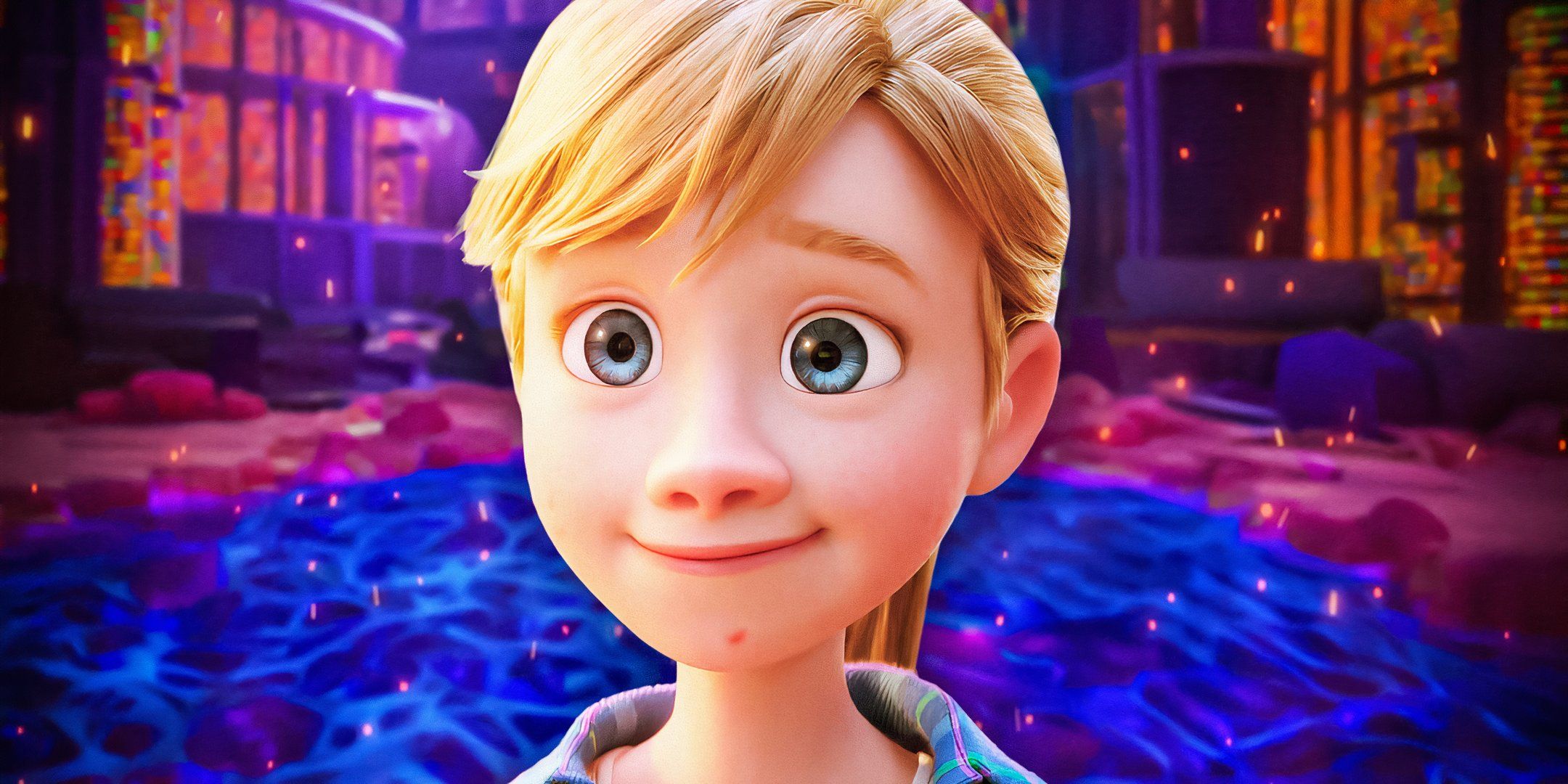 Custom Image by Yeider Chacon
Custom Image by Yeider Chacon

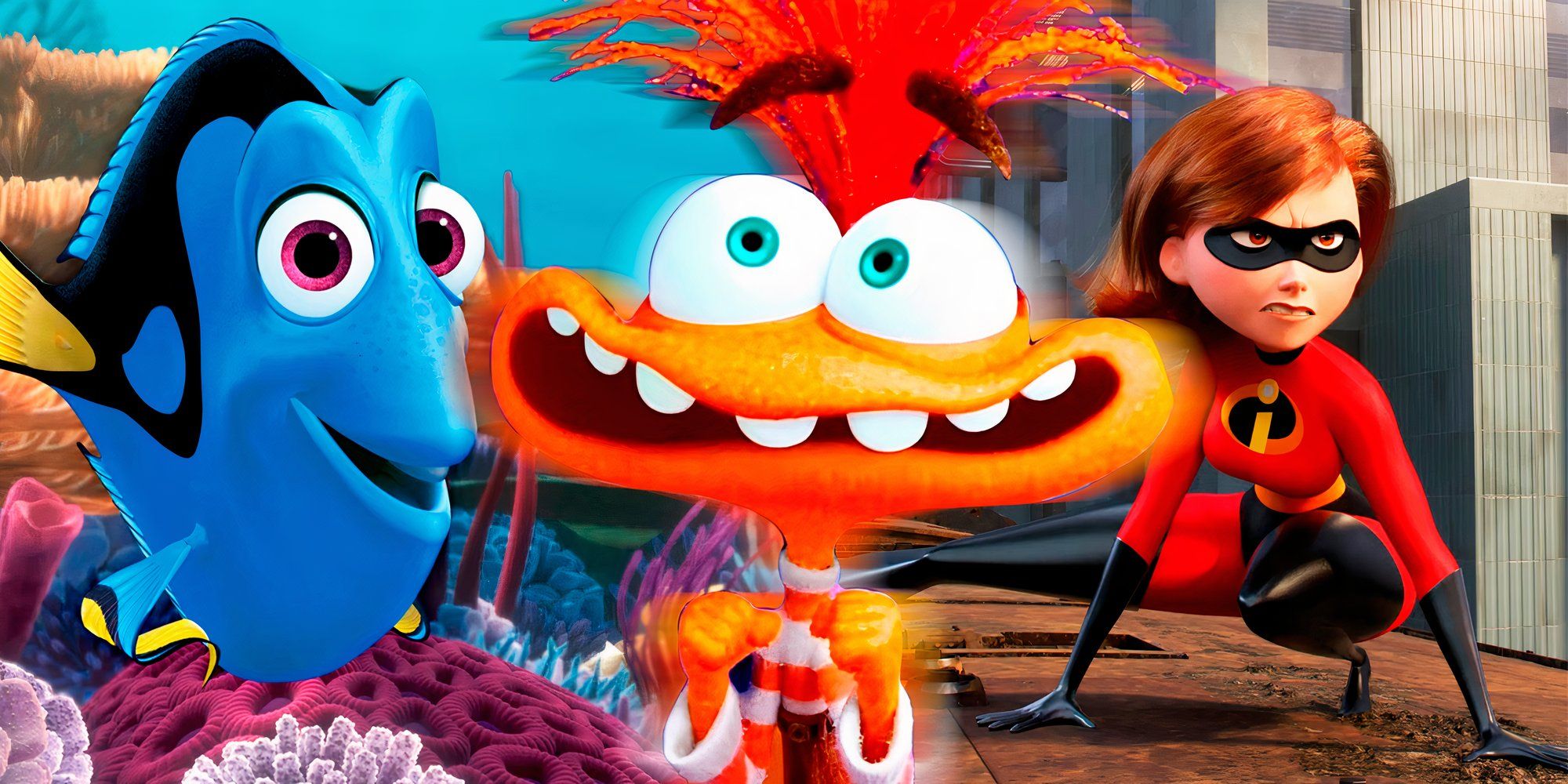
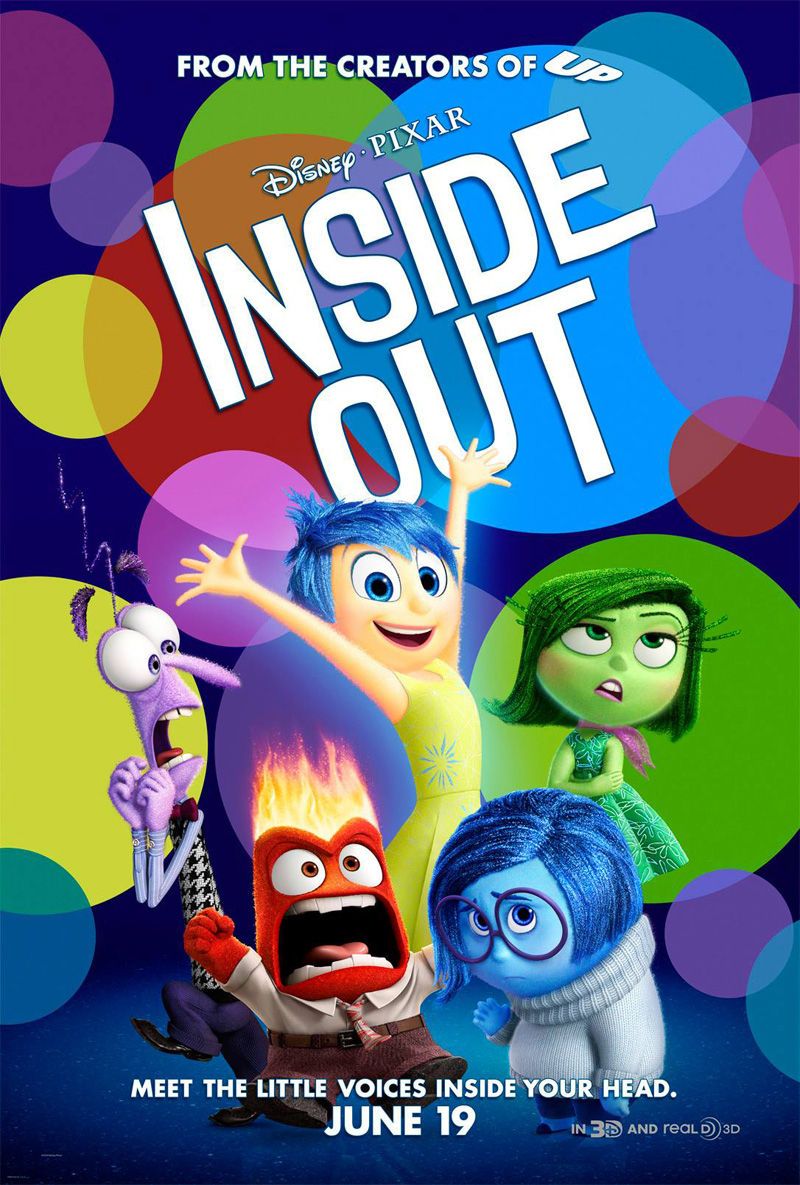



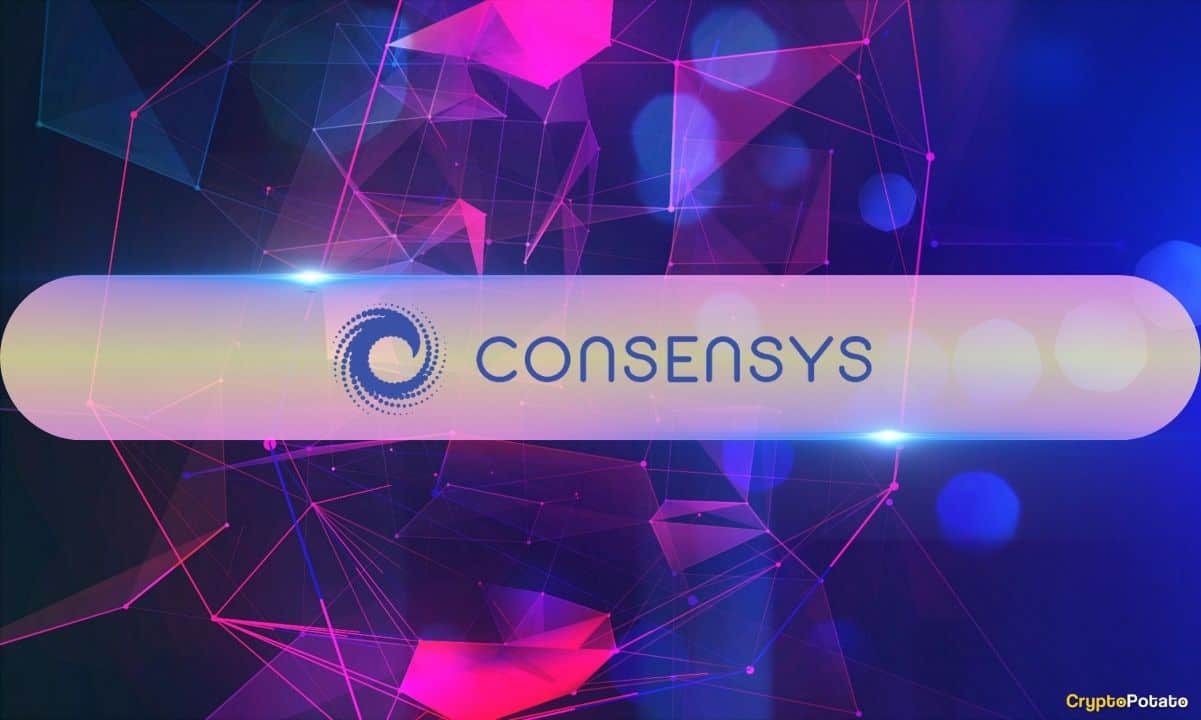

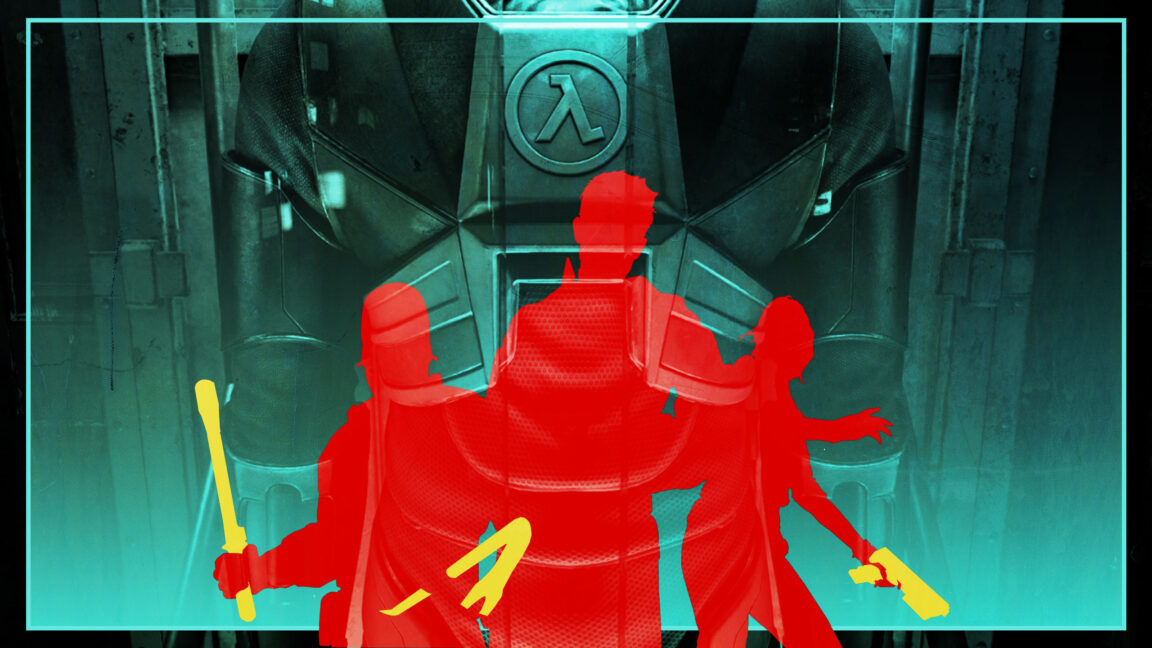

:quality(85):upscale()/2024/11/15/862/n/1922153/911b7d1c6737a4111b6008.57513343_.png)
 English (US) ·
English (US) ·